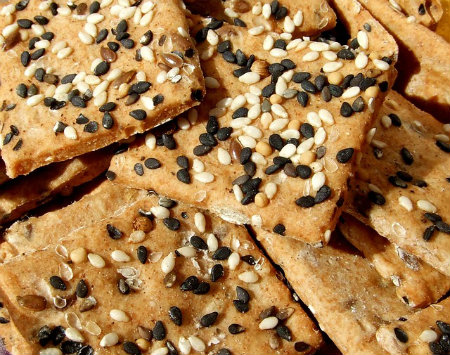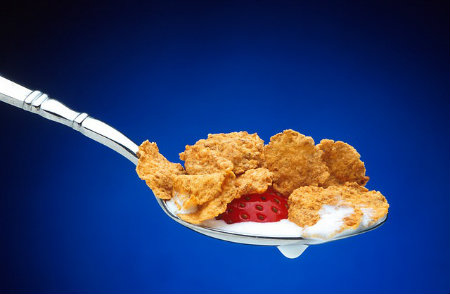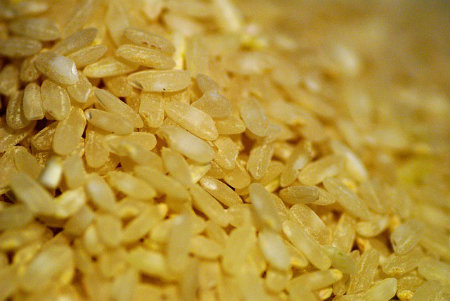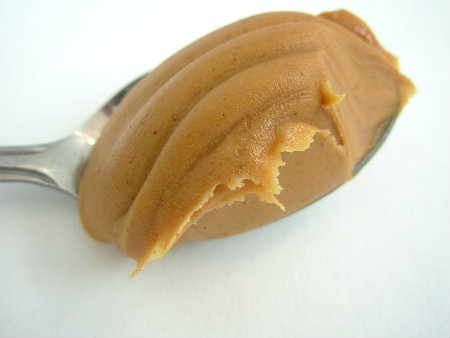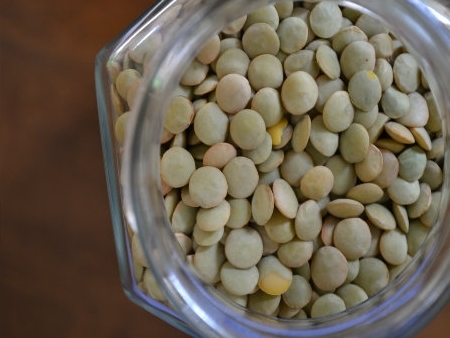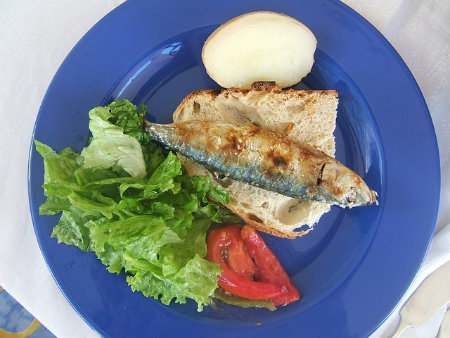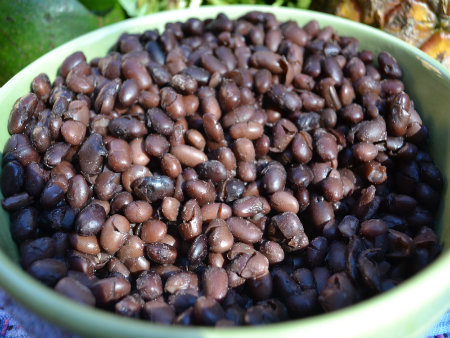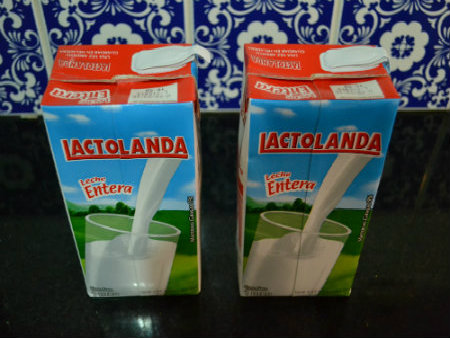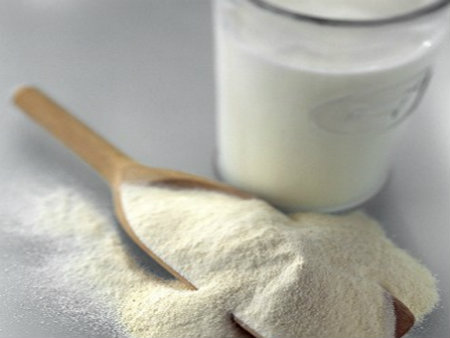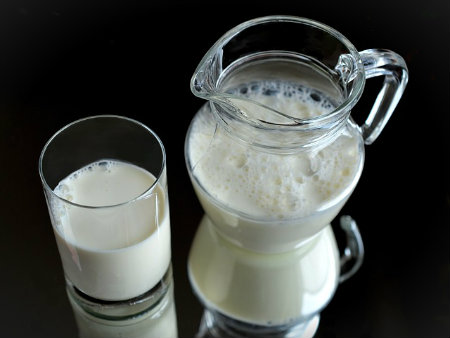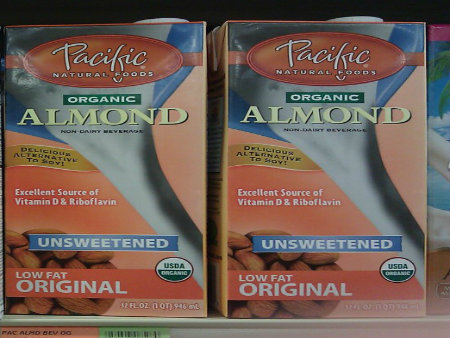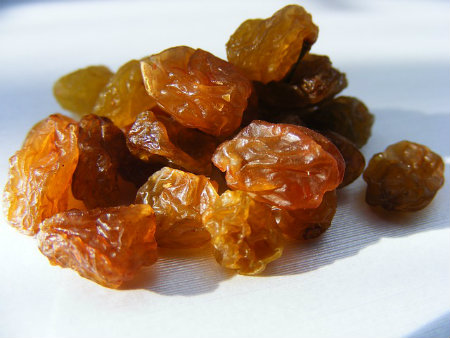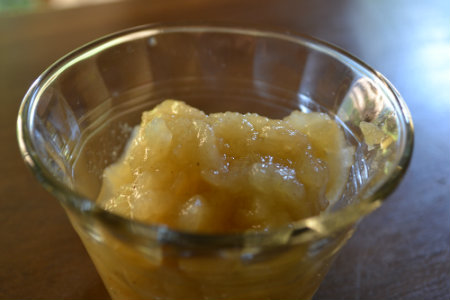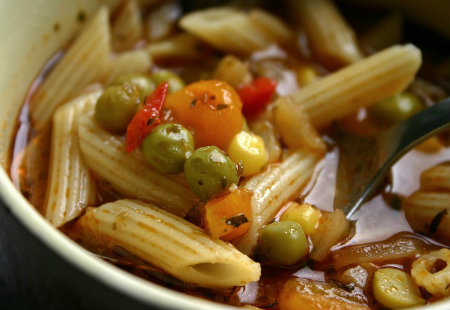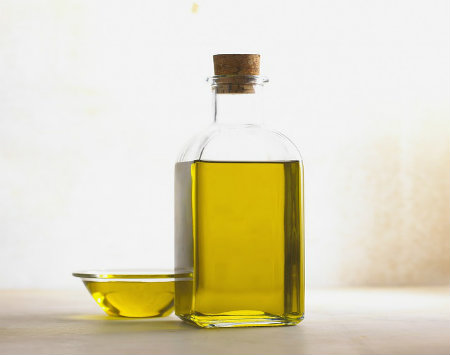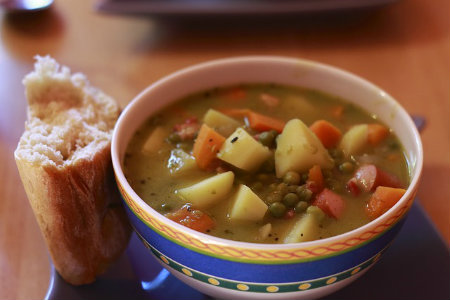Food Bank Donations: Can We Do Better?
/Along with the festive holiday decorations, parties and music that mark this time of year, so do the numerous food drives asking for donations for local food banks. Food banks serve an important function in our communities: feeding those that cannot provide enough for themselves or their families. While it is wonderful that so many people donate food this time of year, often what is donated can leave much to be desired. The donation of high sugar, sodium and trans fat laden foods is far too common. In a study assessing the quality of one Canadian food bank, it was found that the majority of food hampers provided insufficient nutrients and calories. Poor quality foods, such as many of those donated, are associated with negative health outcomes. Unfortunately individuals with lower socioeconomic status, such as those using food banks, are at greater risk for chronic diseases like heart disease and diabetes: diseases in which a healthy diet is known to lower risk. Considering the importance of a healthy diet to our overall well-being, isn't it worth asking the public to donate healthier foods. We can do better, can't we?
When people donate to food banks they do so with the best of intentions. Nobody drops off a box of food at a food drive wanting to cause harm. Most people want to donate as much food as they can in order to stock the often bare shelves of their local food bank. But sometimes having a goal of donating a large quantity of food means stocking up on cheaper, nutritionally inferior products. It may seem counter intuitive but quality is better than quantity when it comes to food donation, and if you know which foods to shop for the quantity doesn’t have to suffer that much. While it may feel great to drop off a case of ramen noodles or macaroni and cheese dinner, these foods don’t satisfy hunger for that long nor do they provide much in the way of nutrition. The cost of these poorer quality foods may seem too good to pass up but they are only a quick fix when it comes to hunger and nourishment. Some food products, like ramen, only last one meal while package of brown rice, pasta, or dried beans can be made into a meal that will keep hungry tummies nourished for much longer. Although, I am encouraging ditching the cheaper, poor quality foods, it doesn’t mean that you have to spend a fortune in order to provide food for your food bank. You can get a decent selection of quality foods for $10-$20, if you know what to look for.
One of the biggest challenges with finding quality food to donate is that the majority of food banks only accept nonperishable foods. The need for nonperishable foods makes sense, however, many of these foods are highly processed and contain large amounts of sugar, salt, and fat. That being said, there are nutrient-rich, healthful foods that are nonperishable and that do make great choices to donate. Check out this list below for some of the healthier foods that can be dropped off at your next food drive.
GRAINS
Dried grains and pasta
Whole wheat pasta and grains like brown rice, barley and quinoa are great options because they provide a healthy amount of complex carbohydrates, fiber and other nutrients, like B vitamins. Grains and pastas are great additions to casseroles, salads and soups, or simply as a hearty side dish. And if you compare the amount of food you can get from a cup of dried rice compared to a box of macaroni and cheese, you’ll see that it is a way better value for your money. Although white rice and pasta is still good options for donation, the whole grain versions provide more nutrition and will stave off hunger for a longer due to their greater fiber content.
Cereals
Both hot and cold cereals are also a great choices for the donation bin, if you pick the right ones. Many cereals contain too much sugar, sodium and not enough fiber. You'll want to look for cereals with the following criteria:
Low sugar: less than 11 grams per serving
High fiber: more than 7 grams per serving
Low sodium: less than 360 mg per serving
Examples of cereals that meet these requirement: Bran Flakes, Cheerios, All Bran, Unfrosted Mini-Wheats, Red River, Rolled Oats (non instant)
Whole grain crackers
Since bread is usually off the table for donation due to its perishability, crackers are a good alternate choice. And like cereals, there are numerous varieties of crackers some of which are great, others of which are not. Here’s what to look for when selecting crackers:
Low sugar: less than 2 grams per serving
Low sodium: less than 200 milligrams per serving
High fiber: more than 2 grams per serving
No trans fats: 0 grams of trans fats AND no hydrogenated or partially hydrogenated oils
Examples of crackers that meet these requirements: Finn Crisp, Wasa Crispbread, Triscuit Low Sodium Crackers, Kashi Original 7 Grain Pita Crisps.
PROTEIN
Dried Beans and Lentils
Aside from being great protein sources, lentils and beans are cheap and easy to cook. There are a number of ways dried beans and lentils can be used including in pastas, soups, stews, curries or along side some vegetables and a healthy grain.
While the dried varieties are superior due to their lack of sodium or other preservatives, canned options are also a decent choice for donation. For canned beans and lentils, always look for the low sodium options, the lower the better. As a general rule, look for products with less than 15% Daily Value (DV) of sodium on the nutrition label.
Canned Fish
Affordable and versatile, canned fish like tuna, salmon and sardines are great choices for donation. Canned fish can be used for sandwiches, salads, pastas and casseroles. Salmon and sardines are a particularly good source of heart healthy, anti-inflammatory omega 3 fats. As for the different varieties available, look for those packed in water and low in sodium. With respect to the mercury levels in canned tuna, avoid the albacore or white tuna and choose those labelled either canned light tuna, skipjack, yellowfin or tongol.
Peanut Butter
Whether it’s chunky or creamy, peanut butter is a standard food in many a pantry. It’s also a great item to drop off at the food bank. The best peanut butters to pick are those labelled ‘natural’ as they typically don’t have any added sugars, hydrogenated oils or shortening. The less ingredients the better when it comes to peanut butter. The same rules apply for other nut butters like almond or cashew.
DAIRY
Shelf Stable Milk and Milk Alternatives
While you can’t donate fluid milk, shelf stable (or UHT) milk is an option. Shelf stable milk is usually found in 1 liter Tetra Paks and can be unrefrigerated for up to 6 months, if unopened. Although most shelf stable milk should have added vitamin D, just take a quick look to make sure any UHT milk you buy contains this very important vitamin. Shelf stable milk alternatives, such as rice, almond and soy milk, are also good choices for donation as long as they are unsweetened and enriched with vitamin D.
Skim Milk Powder
Another option for a dairy donation is skim milk powder. Like regular fluid milk, skim milk powder is a good source of protein, calcium, and vitamins A and D. Not only can it be reconstituted to drinkable milk but it can also be added to soups, hot cereals, and baking for an added nutritional punch.
FRUITS AND VEGETABLES
Canned Fruit and Fruit Cups
Canned fruit, fruit cups and jarred fruit products like applesauce are all good choices for the donation bin. Look for fruits packed in light syrups or water and without added sugars.
Dried Fruits
Another good choice to add variety to your food donations are dried fruits. Again, make sure they have been processed without the addition of extra sugars, as they are sweet enough as is. Dried fruits like raisins and cranberries are good snacks to pack in lunches, or to add to breakfast cereals.
Canned Tomatoes
Canned tomatoes are another good choice. Not only do they provide potassium, folate and vitamins A and C, canned tomatoes contain a large amount of lycopene, an antioxidant associated with lower risk of heart disease, prostate cancer and may offer some protection against the sun’s harmful UV rays. Canned tomatoes can be added to soups and stews or used for pasta sauce.
Canned Vegetables
Although not superior to fresh or frozen vegetables, canned vegetables are an okay choice for donation as long as they are low in salt. Look for canned veggies that contain less than 15% Daily Value (DV) of sodium on the nutrition label.
OTHER
Canned or Packaged Soups
Canned and packaged soups are notoriously high in sodium. There has been some effort by manufacturers to lower the salt content of their soups, however, the sodium content of these lower salt versions are still higher than desired. That being said, low sodium pre-packaged soups are far from the worst food that can be donated. Realistically, there will be a number of people who use the food bank that may not have the energy or mobility to prepare all their foods from scratch. And this is where items such as pre-packaged soups or other “heat and serve” type foods can be justified. If available, low sodium options in this category are preferred. When picking out varieties of soup, look for ones that contain vegetables, carbohydrates (rice, pasta or barley) and a protein source (meat, beans or legumes) to provide a more nourishing and balanced meal.
Cooking Oils
While not really a food item that most think about donating, cooking oils are appreciated by food banks. Oils like canola and olive oil provide heart healthy fats and help with the absorption of fat soluble vitamins.
Baby Foods
We must not forget that little tummies get hungry, too. Sadly, the donation of baby food is often overlooked. With nutrition in the first years of life being so important for development, it’s important to keep the tots in mind when picking out food donations. Look for jars of baby food with no sugar or salt and boxes of iron-fortified baby cereals.
While some argue that food banks aren’t really in a position to deny donations, the public should be encouraged to put some care into the food they donate. Donating poor quality food is akin to donating holey socks or a single glove - sure, people can use these items but they are insufficient. If it helps, think about the foods you would buy an elderly loved one to keep them as nourished as possible. Would you want Grandpa living on instant noodles? Probably, not. And if you are at a loss of what to donate, why not give your local food bank a call to find out the foods the foods they are in need of.


